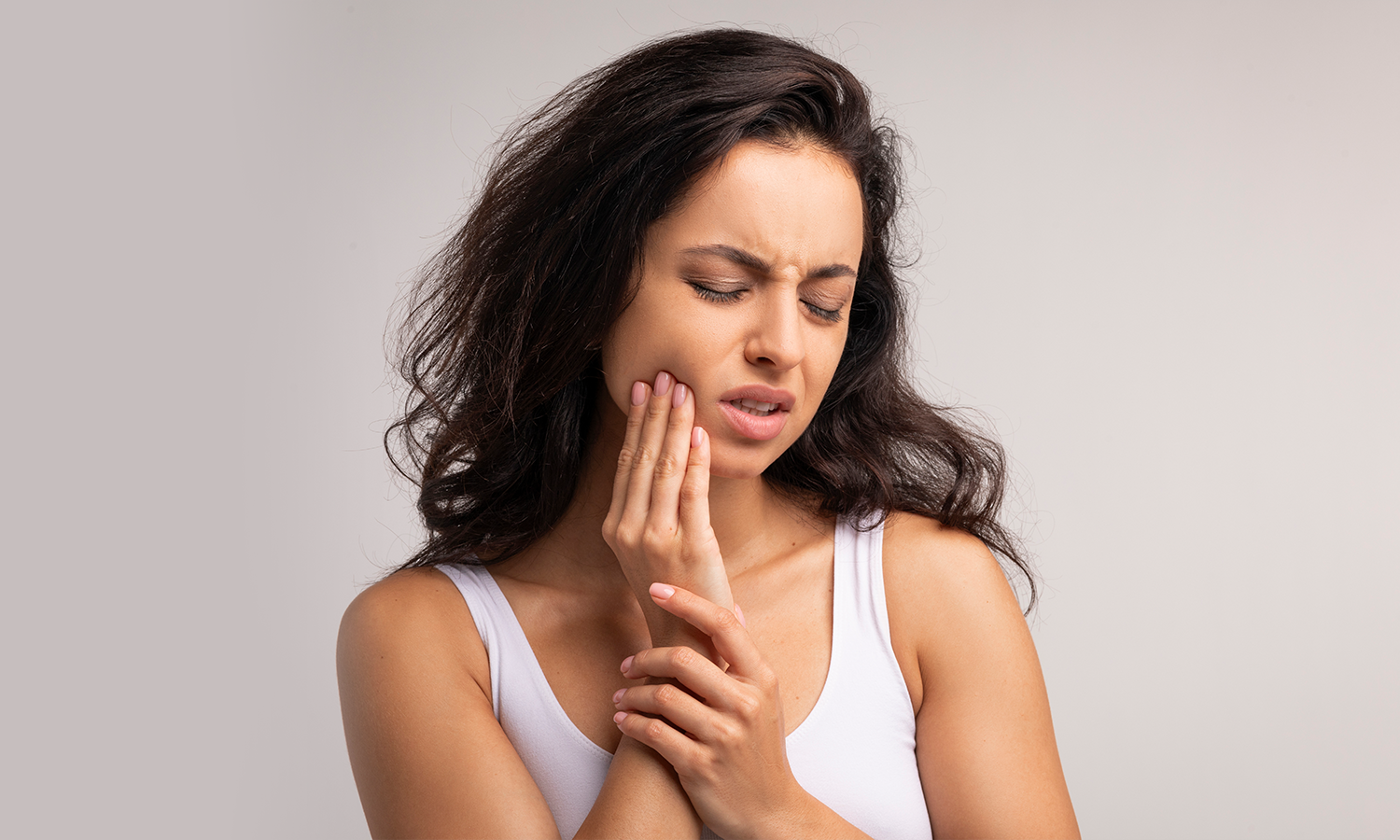
Diode Laser Periodontal Therapy: A Modern Approach to Gum Health
1. Introduction to Diode Laser Periodontal Therapy
1.1 What is Diode Laser Therapy?
Diode laser periodontal therapy is a modern, non-invasive dental treatment that uses laser energy to eliminate bacteria and promote healing in gum tissues. Unlike traditional methods that rely on scaling, root planing, or even surgical intervention, diode lasers offer a noninvasive solution that significantly reduces pain and enhances recovery time.
1.2 Why Diode Lasers?
Diode lasers have been proven highly effective in reducing bacterial load while minimizing damage to surrounding tissues.
According to a study by Ahrens M et al. (2024), a 445 nm diode laser can be considered as an alternative treatment option for peri-implantitis.
Another research conducted by Tene, T et al. (2024) indicate that diode laser therapy is an effective adjunct to scaling and root planing, enhancing periodontal health outcomes with minimal post-operative complications.
2. How Diode Laser Therapy Heals and Protects Your Gums
2.1 How Laser Periodontal Therapy Works

Diode laser periodontal therapy relieves pain by precisely targeting infected gum tissue, reducing bacterial load, and stimulating healing. It minimizes inflammation by lowering pro-inflammatory cytokines (IL-6, TNF-α) and enhances blood circulation for faster recovery. This non-invasive approach eliminates the need for cutting or sutures, ensuring a pain-free experience.
2.2 Features of Periodontal Laser Therapy
2.2.1 Non-Invasive Approach
Unlike traditional periodontal treatment, which involves cutting and suturing, diode laser therapy is completely non-invasive. The laser's precise wavelength selectively targets infected tissue and bacteria while preserving healthy gum structure. Many patients report reduced pain after the procedure.
2.2.2 Anti-Inflammatory Mechanism
Laser therapy significantly reduces inflammation by decreasing pro-inflammatory cytokines such as IL-6 and TNF-α. This creates a healthier environment for gum tissue to heal naturally, without the need for aggressive interventions. Patients often notice reduced swelling and tenderness within days of treatment, allowing for greater comfort during daily activities like eating and brushing.
2.2.3 No Cutting, No Sutures
Patients greatly appreciate the comfort of diode laser therapy. As one patient put it: "No bleeding, no stitches—just quick healing!"
3. Clinical Benefits of Diode Laser in Periodontics
One of the biggest advantages of diode laser therapy is its ability to alleviate pain and inflammation. By targeting infected gum pockets with precision, diode lasers reduce swelling, promote faster healing, and improve overall patient comfort.

3.1 Effective Bacterial Reduction
Diode lasers are also highly effective in reducing bacterial load, leading to better treatment outcomes and preventing disease recurrence.
3.2 Reduced Post-Treatment Discomfort
Patients who undergo diode laser therapy experience significantly less post-treatment discomfort compared to traditional methods. One patient stated: "I could eat normally the same day—no swelling or painkillers needed!"
3.3 Faster Healing & Tissue Regeneration
The biostimulation effects of diode lasers promote faster healing and tissue regeneration. A study indicates that epithelial repair occurs three times faster with diode laser treatment compared to conventional periodontal therapies.
4. Step-by-Step Diode Laser Treatment
4.1 Pre-Treatment Assessment
Before beginning treatment, the dentist assesses the patient's gum health and treatment needs. The use of diode lasers has been shown to reduce anesthesia requirements, as reported by a study in 2019.
4.2 Laser Application
The laser is applied to ensure a painless experience. As one patient described: "It felt like a tiny massage—no burning sensation!"
4.3 Post-Treatment Care
Since diode laser therapy is non-invasive, patients can resume normal activities almost immediately, with little to no downtime required.
5. Scientific Evidence: Pain & Inflammation Control
5.1 Clinical Studies on Pain Reduction
Clinical research strongly supports the efficacy of diode laser therapy in reducing pain. Ismail HH et al. (2023) reported that LLLT deliver results in the control of immediate postoperative pain.
5.2 Anti-Inflammatory Effects Confirmed
In addition to pain reduction, diode lasers have been shown to significantly reduce inflammation. A study published in October 04, 2024 found that the clinical significance of LLLT in promoting oral wound healing stems from its potential to expedite healing, reduce inflammation, and enhance overall patient outcomes.
5.3 Long-Term Patient Satisfaction
Many patients experience lasting relief from gum inflammation after diode laser therapy. One satisfied patient shared: "My chronic gum inflammation disappeared—finally!"
6. Safety & Comfort: Why Patients Prefer Diode Laser
6.1 No Thermal Damage to Healthy Tissue
Diode lasers are designed to target infected tissue precisely without harming surrounding healthy areas. According to the AAP Whitepaper (2022), the risk of adverse effects is less than 1%.
6.2 Ideal for Anxious Patients
Since diode laser therapy is painless and non-invasive, it is an excellent choice for patients with dental anxiety who might otherwise avoid periodontal treatment.
7. Future of Painless Periodontal Care
7.1 Summary of Key Benefits
Diode laser periodontal therapy offers numerous benefits, including:
- Effective bacterial elimination
- Significant pain and inflammation reduction
- Faster healing and minimal downtime
- No need for cutting, sutures, or extensive anesthesia
7.2 Patient Preference for Laser Treatment
The growing preference for diode laser therapy is supported by a 2023 meta-analysis showing that 90% of patients prefer laser treatment over traditional surgery. With its remarkable advantages, diode laser therapy is truly transforming periodontal care and setting a new standard for pain-free treatment.
The future of periodontal therapy is shifting toward laser-based treatments due to their effectiveness, comfort, and ability to promote long-term gum health. As research continues, we can expect even more innovations in laser dentistry to further enhance patient outcomes.
8. References
Efficiency of diode laser in control of post-endodontic pain: a randomized controlled trial
The Efficacy of Low-Level Laser Therapy on the Healing of Oral Wounds: A Systematic Review
